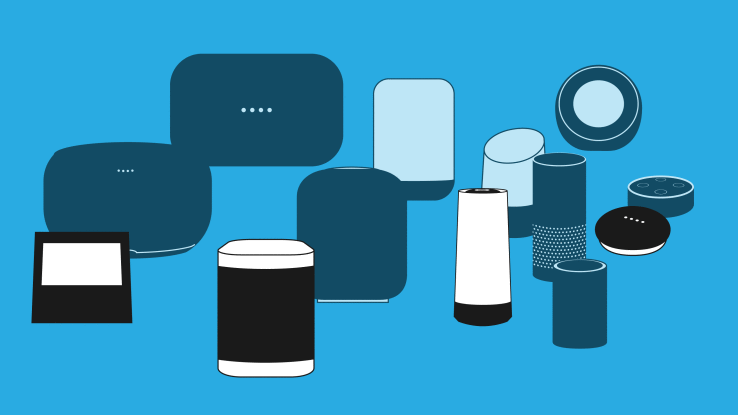
French startup Snips is announcing two things for its voice assistant SDK. First, the company is showing off an interesting use case in Nuremberg with a Snips-powered voice assistant in a car. Second, you can now build voice assistants in German.
Snips isn’t technically competing with Alexa Voice Service or Google Assistant SDK as they’re not designed the same way. Snips lets you build a voice assistant that runs locally. While many hackers have been playing around with the SDK, Snips eventually wants to convince manufacturers that they should embed a Snips-powered assistant instead of Amazon Alexa or Google Assistant.
Your voice recordings or instructions are never sent to the cloud with Snips. It respects your privacy and allows some low-latency use cases even if your device isn’t connected or has some connection issues.
While it could be limiting in some cases if you want to build a general-purpose smart speaker, it makes a lot of sense for some devices. For instance, your car might not always be connected to the internet if you’re driving abroad for instance. Snips assistants run on ARM chips that are at least as powerful as a Raspberry Pi 3. So it should work with most infotainment systems out there.
With Snips, you can still launch the navigation system and set a destination with your voice without sending any data. The company thinks that many devices are going to have a voice interface so that you can interact with them directly. For instance, you only want to tell your Roomba to start vacuuming — no need to let you start a Spotify playlist from your vacuum cleaner.
In the demo, you can ask the Snips-powered car to give you an ETA, call a contact and go to an address. Car manufacturers can also work with Snips to customize the wakeword so that you can say “Hey Toyota” instead of a generic “Ok Google” wakeword.
In addition to that, Snips is adding new languages to its embedded voice recognition platform. You can now build a Snips-powered assistant that works in English, French and German. Now let’s see if that will be enough to convince infotainment system manufacturers.
Featured Image: Bryce Durbin/TechCrunch


